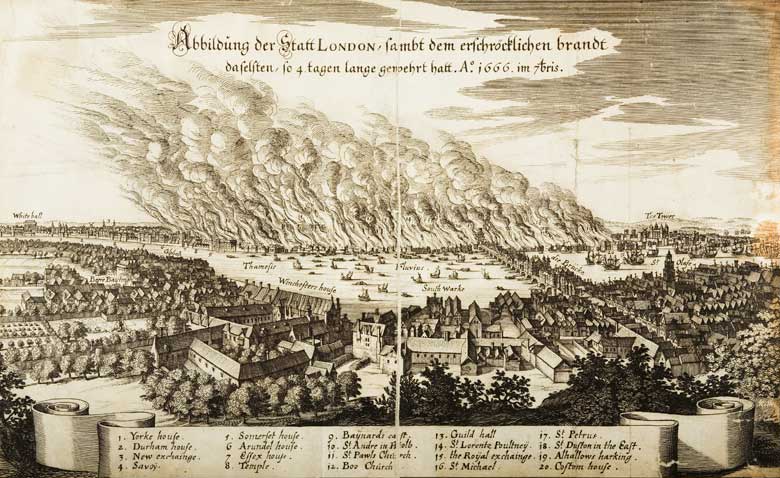London
London is the capital of the United Kingdom and of England. The Queen as head of state has a major household in London at Buckingham Palace and her main residence is Windsor Castle, just outside of London. The Houses of Parliament and the government are based in London and a very large part of the economy is centred around London.

It has been a major city for two thousand years, since it was founded by the Romans as Londinium. It is such an important centre within the United Kingdom that the majority of transport routes go to London.

London is actually made up of several cities and boroughs. At its heart is the City of London, with the Tower of London protecting the river where it is nearest the sea and St Paul's Cathedral at the heart. The City of London is only one mile square (on a map of Worle it would stretch from the centre of Worle High Street to Priory School). It is often just called The City, and on the map below which shows all 32 London Boroughs, you can see it marked as City.

Next to the City of London is the City of Westminster (both of the cities are within the centre of the great urban mass of London). Westminster is where the Houses of Parliament are located, and 10 Downing Street, where the Prime Minister lives. It is also the location of most government ministries (The Home Office, The Foreign and Commonwealth Office, The Treasury, etc.) and Westminster Cathedral, where all kings have been crowned since William the Conqueror.

Many famous incidents have occurred in London, including invasions by the Romans, the Vikings and the Normans. It is where Henry VIII had two of his wives executed and where Winston Churchill led the country in World War II. It is also famous for the Great Fire of London in 1666, when almost the whole of seventeenth century London was destroyed by a fire that started in a bakery. Today, the site of the bakery in Pudding Lane is marked by The Monument.

